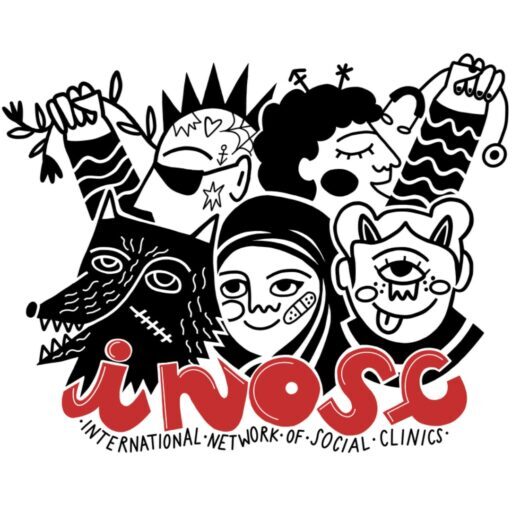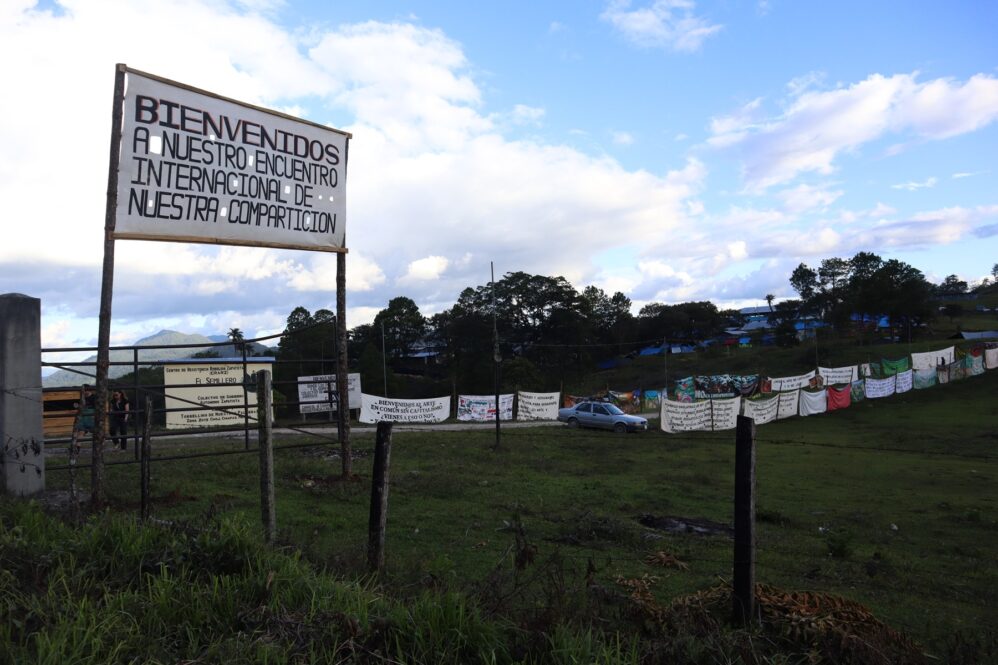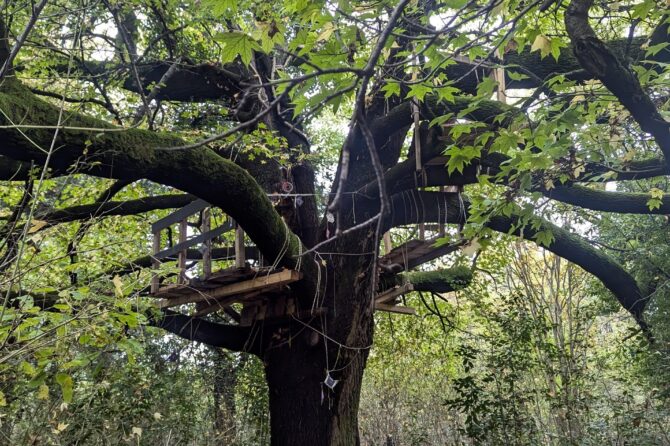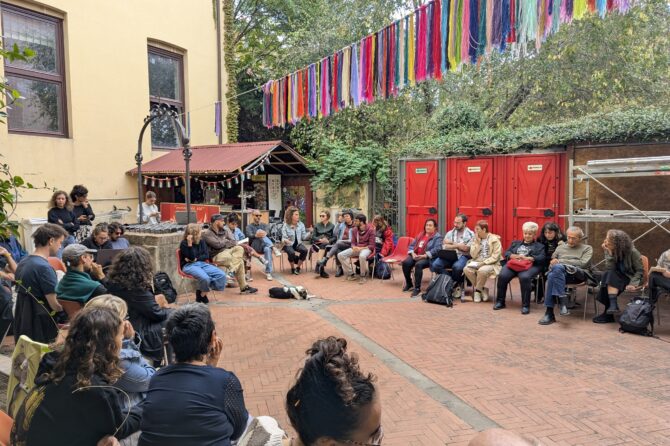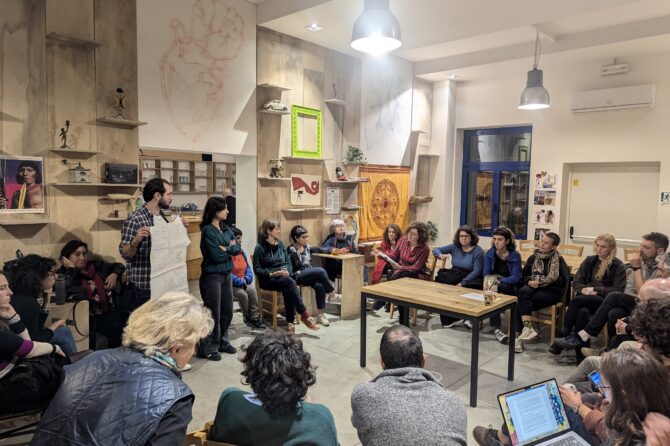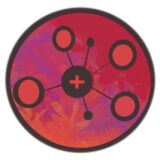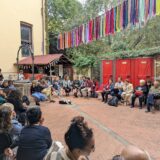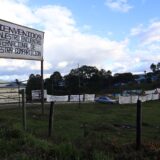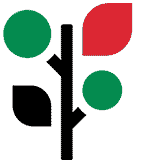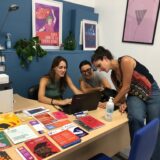What does the Zapatista autonomous model of Health say to us?
Little insights from the International Meetings of Rebellions and Resistances and the visit of a new surgery room in the forest of Chiapas
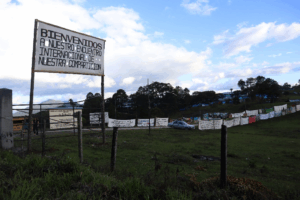
From December 2024 to December 2025, the International Meetings of Rebellions and Resistances 2024-2025 are taking place, with the theme: “The Storm and the Day After.”
The call came from the Zapatista communities, and it is addressed to all the people, groups, collectives, organizations, movements, and indigenous peoples who signed the so-called Declaration for Life 2021. That is, those individuals, groups, collectives, movements, and organizations that, in different corners of the world, resist and rebel against one or all of the heads of the capitalist Hydra and have a practice to share.
As the evocative title suggests, they propose a framework where capitalism threatens the destruction of the world and, therefore, we consequently need to start here and now to organize and build the possibilities for survival. There is an emphasis on the urgency of acting to prevent the end of life on the planet.
As Microclinica Fatih (Turin) and Laboratorio di Mutuo Soccorso- Zero81 (Naples), we participated in the fourth edition of the Encuentros de Resistencia y Rebeldìa, entitled “Algunas Partes del Todo,” which began on Sunday, August the 3rd, at the Semillero Comandanta Ramona del Caracol IV Morelia. There were more than 700 international delegates from 37 countries (Mexico and Latin America, Europe, Canada, and Australia), as many Zapatista support base comrades (“bases de apoyo”) from 12 different caracoles.
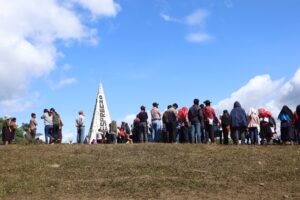
The meeting included dozens of presentations by the participating groups, who shared their goals, struggles, and the many ways in which they have chosen to organize themselves to confront the capitalist Hydra.
The participation of the Zapatista comrades was mainly in the artistic form. In fact, they staged a play where they show the transition from the administrative system of the Good Government Councils—which is now considered reproducing dynamics similar to the ones of capitalist “pyramid”— up to the destroying of the pyramid itself and the start of a new form of organization characterized by horizontality, popular government, and the idea of Común (“Common”). For the Zapatistas, building the Común implies radically changing internal and external sharing relationships, replacing the present community property (divided between family and collective ownership) with non-ownership. Now it is only the beginning of a long journey, which will be carried on the children, grandchildren, and great-grandchildren of those who began it—that vision of egg and sperm cells that closed the play. Building the Común means eliminating all forms of property, starting with land, which is no longer owned but cared for, by whoever works it in turn, whether they are Zapatistas or not.
This concept of “non-property” is extended by the Zapatistas to all other areas of communal life, firstly to healthcare.
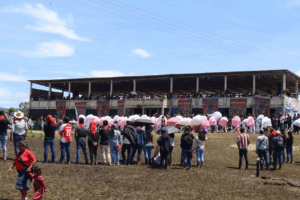
Zapatista Autonomous Health System from the Levantamiento to Today
Health has always been important to the Zapatistas, ever since the Levantamiento (Uprising) in 1994. At that time, the so-called “diseases of poverty” (e.g., intestinal, respiratory, and epidemic infections, child malnutrition, fever, and diarrhoea) severely affected children in the indigenous communities of Chiapas.
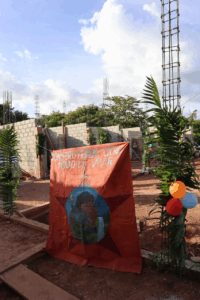
Over the past 30 years, the Zapatistas have managed to create an autonomous health system able to guarantee health rights to everyone. It is run by health promoters who, with a particular focus on prevention, have built pharmacies, dispensaries, and health centres (micro-clinics) in communities, even the most remote ones, as well as larger clinics that also provide regional hospitalization (e.g., ‘La Guadalupana’ in Oventik and the ‘Clínica de la Mujer, Comandanta Ramona’ in La Garrucha). Here it is possible to carry out tests and clinical studies and receive ophthalmology and dentistry services. In these clinics, patients are treated regardless of whether they are Zapatistas or not, with a combination of traditional knowledge and modern allopathic medicine.
A step forward in the practice of healthcare autonomy: the surgery room
“We need to equip several operating theatres. We have the “butchers” (surgeons), we have the candidates for surgery, we have the places to build them, we have young men and women willing to learn. All that is missing is the equipment. And training in its use and maintenance, of course”.
The project of a “surgery hospital in the forest” (Quirofano en la selva) started from the urgent need to stem the problem of childbirth deaths in the most remote rural areas. Therefore, the Caracol Dolores Hidalgo has been identified as the site for the construction of the hospital, since it is one of the most remote from the largest urbanised areas.
The Zapatista Interzone decided to carry out the project in a completely autonomous way, actually avoiding the huge costs (500,000 pesos; about 25000 euros) arising from hiring a professional architect. To do this, it was necessary to bring together the knowledge and the effort of the indigenous peoples, regardless of whether they were Zapatistas or not. The initial idea was to follow and expand the design of the San José del Caracol I La Realidad Hospital, to create the surgery room in addition to different specialisations. The project includes several rooms dedicated to general medicine, ophthalmology, specialist analyses and X-rays, dentistry, an emergency room with ambulance access, hospital rooms, and a wing entirely dedicated to women’s health, which will house gynaecologists and parteras, who will deal respectively with women’s health, fractures and childbirth assistance, combining ancestral practices and contemporary medicine. At the centre of the space a garden has been designed for patients and their families to relax and for the cultivation of medicinal plants and herbs.
In respect to the construction, extensive information work has been carried out inside indigenous communities, including non-Zapatista ones, in order to raise awareness of the importance of the shared project, with the possibility of both financial and material participation in solidarity.
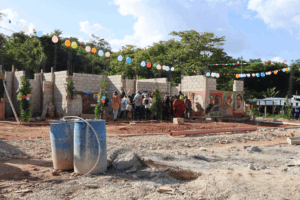
The project was also made possible by international solidarity, especially thanks to the European campaign “un quirofano en la selva” (“a surgery room in the forest”).
“If you ask all the parties now involved in this large enterprise of building a surgery room in the Selva Lacandona; if you ask them why they did it, why they put in their labour, why they sweated under the sun and got wet in the rain, why they offered their time and even their wages, why they organised activities, collections, festivals, exhibitions, and who knows what else, to raise funds that have crossed oceans and borders and, regardless of language, geography and calendars, have become “common”, because they committed themselves to something that seemed like madness, absurdity, a dream. They will probably answer – in many languages, many colours, many geographies, many calendars and many ways – “for life”.
